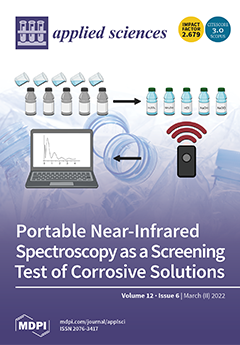This study aimed to analyze acute changes in the muscle mechanical properties of the triceps brachii long head after bench press exercise performed at different external loads and with different intensities of effort along with power performance. Ten resistance-trained males (age: 27.7 ± 3.7 yr, body mass: 90.1 ± 17.1 kg, height: 184 ± 4 cm; experience in resistance training: 5.8 ± 2.6 yr, relative one-repetition maximum (1RM) in the bench press: 1.23 ± 0.22 kg/body mass) performed two different testing conditions in a randomized order. During the experimental session, participants performed four successive sets of two repetitions of the bench press exercise at: 50, 70, and 90% 1RM, respectively, followed by a set at 70% 1RM performed until failure, with a 4 min rest interval between each set. Immediately before and after each set, muscle mechanical properties of the dominant limb triceps brachii long head were assessed via a Myoton device. To determine fatigue, peak and average barbell velocity were measured at 70% 1RM and at 70% 1RM until failure (only first and second repetition). In the control condition, only muscle mechanical properties at the same time points after the warm-up were assessed. The intraclass correlation coefficients indicated “poor” to “excellent” reliability for decrement, relaxation time, and creep. Therefore, these variables were excluded from further analysis. Three-way ANOVAs (2 groups × 2 times × 4 loads) indicated a statistically significant group × time interaction for muscle tone (
p = 0.008). Post hoc tests revealed a statistically significant increase in muscle tone after 70% 1RM (
p = 0.034; ES = 0.32) and 90% 1RM (
p = 0.011; ES = 0.56). No significant changes were found for stiffness. The
t-tests indicated a significant decrease in peak (
p = 0.001; ES = 1.02) and average barbell velocity (
p = 0.008; ES = 0.8) during the first two repetitions of a set at 70% 1RM until failure in comparison to the set at 70% 1RM. The results indicate that low-volume, high-load resistance exercise immediately increases muscle tone but not stiffness. Despite no significant changes in the mechanical properties of the muscle being registered simultaneously with a decrease in barbell velocity, there was a trend of increased muscle tone. Therefore, further studies with larger samples are required to verify whether muscle tone could be a sensitive marker to detect acute muscle fatigue.
Full article





